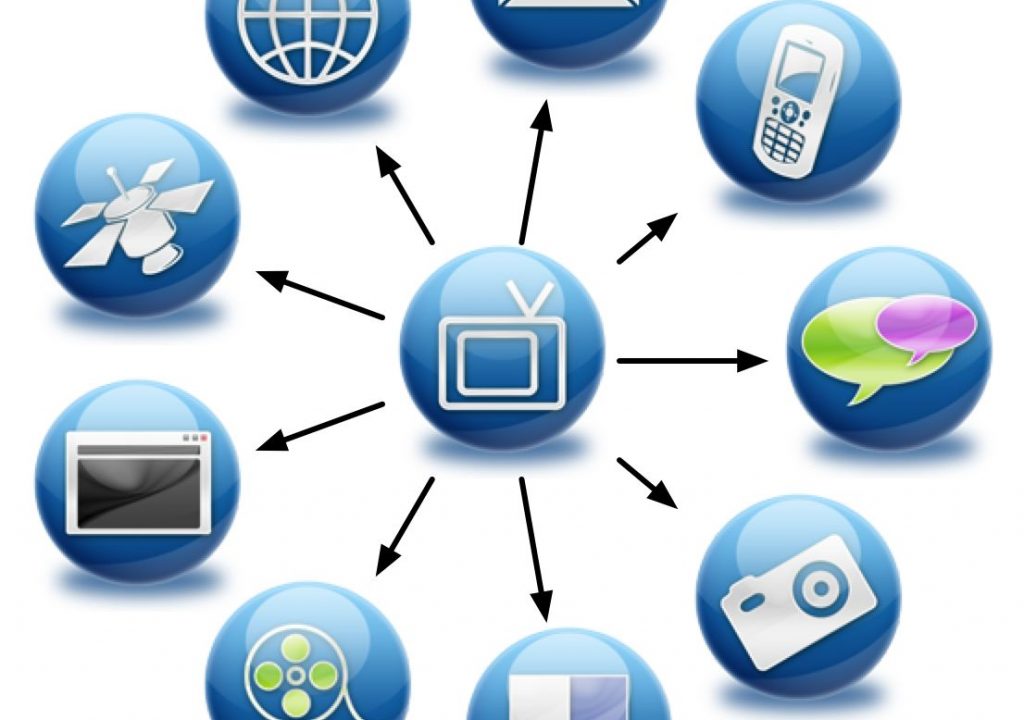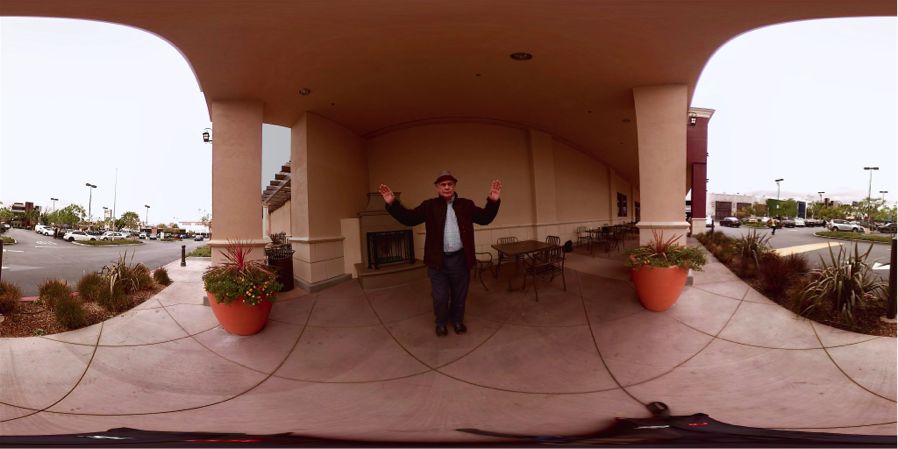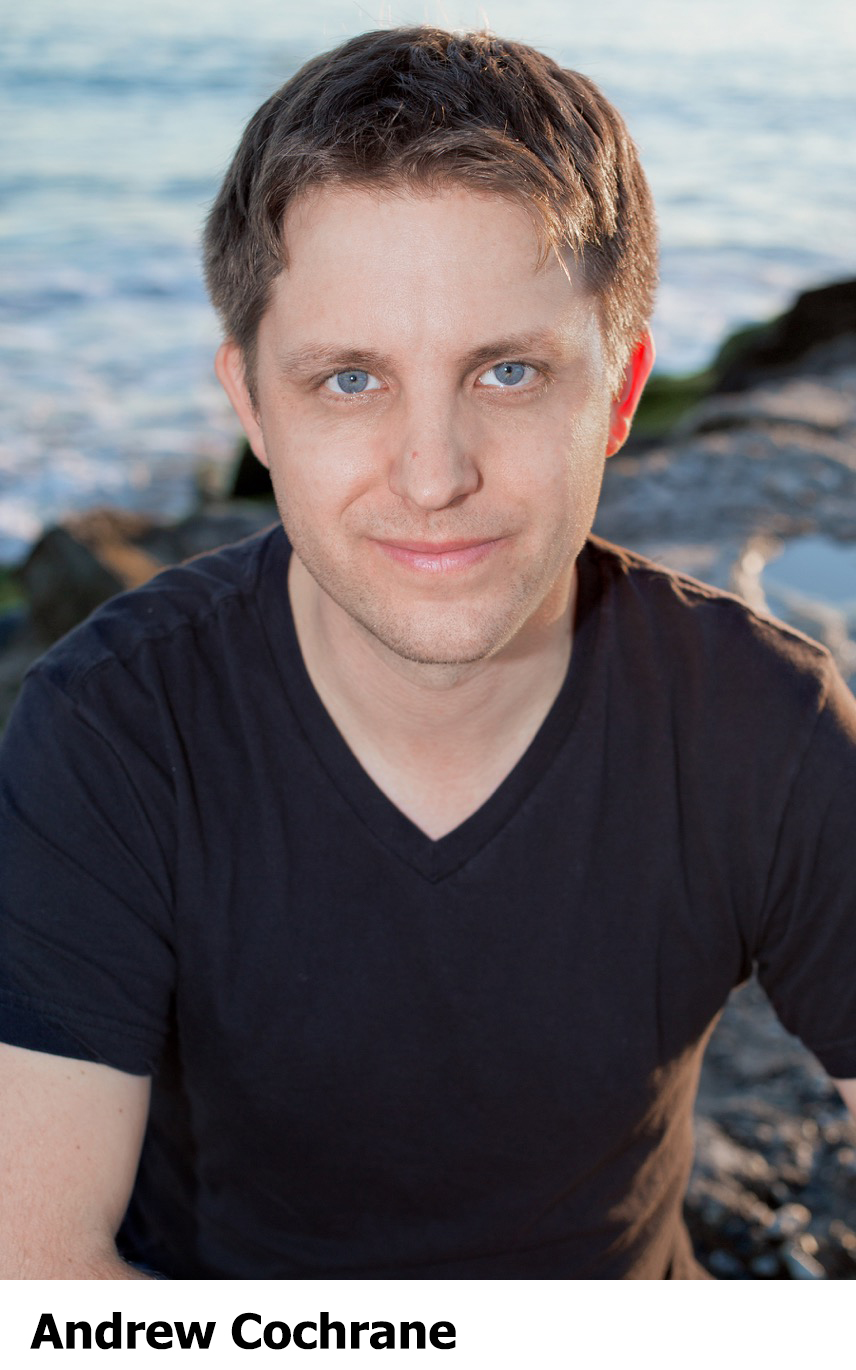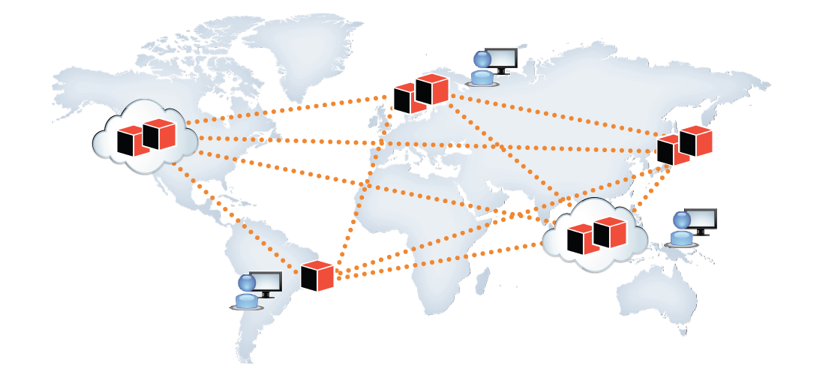In our last episode, I talked about how transmedia storytelling projects and technologies (such as second screen apps) seem to be getting traction in Hollywood, and the need for Experience Designers to effectively build the stuff that actually goes into the Transmedia (unless we’re going to be satisfied with just polls, quizzes and ads). Here, I’ll talk about what an Experience Designer actually does.
So, we’ve determined (or at least I’ve asserted) that we’ve got all this great digital transmedia techo-goodness at our fingertips, yet everyone’s struggling with what the content using this technology will actually be. The path of least resistance seems to be “extras” or “bonus content” right now, which often takes the form of microsites, games, polls, trivia, advertisements, behind-the-scenes stuff, links to actors’ IMDB pages, etc. If you’ve been following me on twitter, you’ve probably recently seen me link out to press releases about new apps and projects, and lamenting that they seem to be delivering everything but one crucial and obvious thing:
Story.
The thing you’re actually consuming, the entertainment, the movie, the TV show, the STORY. Why isn’t there more story on these second screens (and by second screens I mean not only apps, but all transmedia channels)?
It’s because you need an Experience Designer to craft it, that’s why.
So, what does an Experience Designer do? Well, we’re the ones who take the raw ingredients and craft how they’re broken down, combined, produced and delivered in a way that surrounds the audience with the story in an organic and effective way. We’re sort of like a chef or an architect or a film director*. We take a story (usually in the form of a script or outline), break it down into ingredients/materials/scenes and then rebuild it using current digital technologies and channels at our disposal to create a unique and effective story experience.
This is not marketing. This is not brand management or story-world expansion or adaptation of the same material over different channels. It’s weaving all the elements of a story into a tapestry that transcends a single medium.
Sometimes the audience has to seek it out, following a trail like breadcrumbs through a forest, but sometimes it’s just given to them right where they are, using what they already have. No download required.
So, enough theory. What does this look like in practical terms? What does an Experience Designer do??
He or she begins by working closely with a writer or writers to develop a script or story outline that has transmedia elements or interaction design baked in from the very beginning. Stuff that makes sense to the overall project, and isn’t just a gimmick. Ideally, each piece of content should take advantage of the uniqueness of the medium it lives on, and only be put there if it more effectively serves the story than if it had been told in a more traditional way. How should each piece be delivered? Video? Text? Audio? Images? Email? How much is too much? How dense or sparse should it be? How does it all affect pacing? In essence, what will work best to serve the story?
Most importantly, the Experience Designer crafts the experience flow from one element to the next. Very similar to how an app or website designer is concerned about user flow, the Experience Designer strives to create something that mitigates friction points, confusion, or opportunities for the audience to abandon the experience. Too many transitions between platforms or channels, not being clear about what you want the user to do, or doing something just because you can are the kiss of death.
To put it simply, the Experience Designer takes something that usually looks like this…
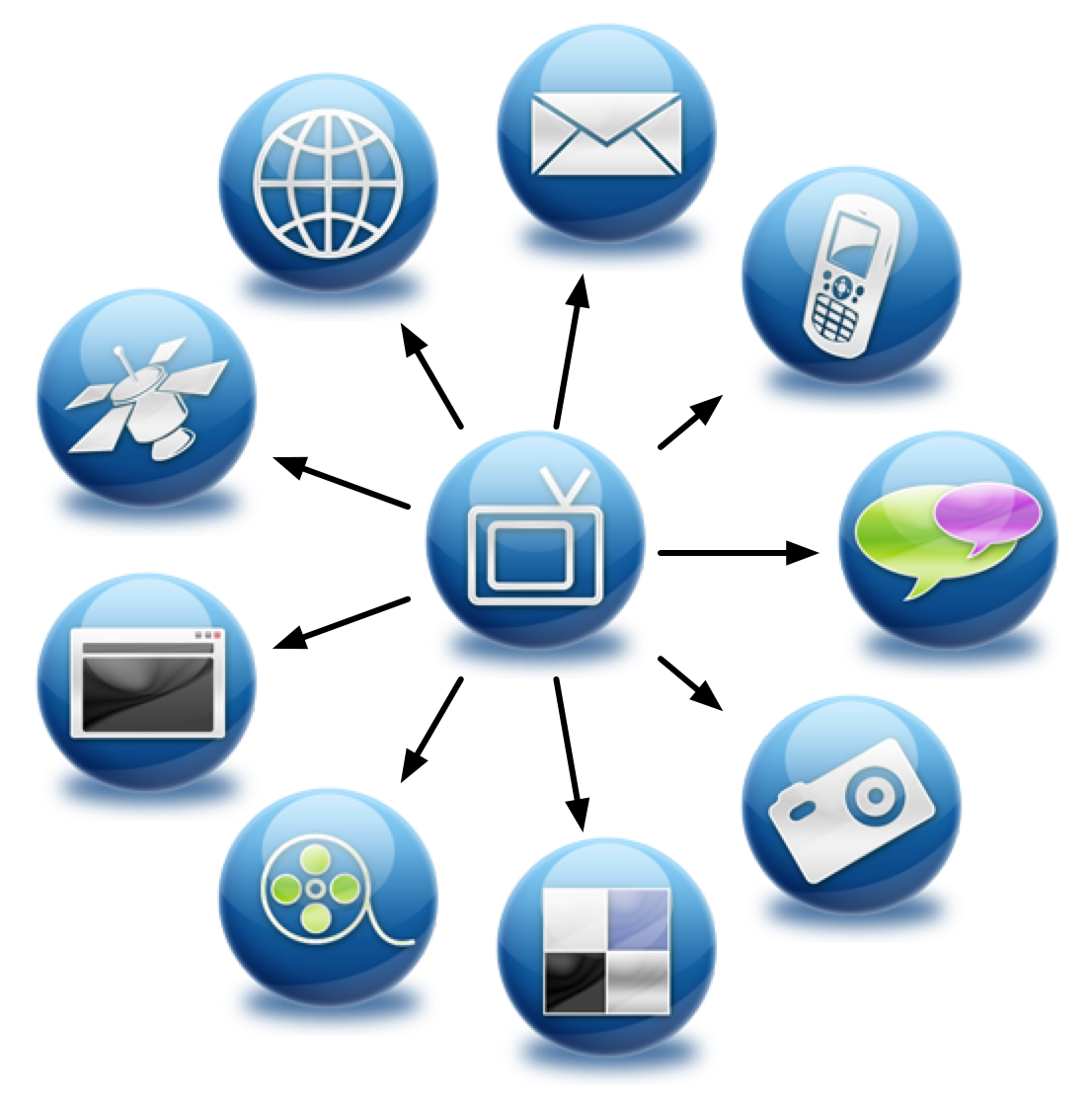
…and turns it into something that looks more like this:

You’ll probably notice something right away: It’s pretty linear, which is almost counter-intuitive to everything we think about transmedia. It’s not all endless possibilities or choose-your-own-adventure; it actually has a beginning, middle and an end. A good Experience Designer doesn’t build an array of content, but instead assembles a flow of experiences that makes sense, feels organic, and doesn’t set up needless barriers to get through.
Almost as important as the actual story elements themselves, the Experience Designer also makes sure that the bridges of connective tissue between them (the arrows in the diagram) are well thought out. What these bridges are can vary greatly, depending on the type of project (see below), but they are critical in that every one of them represents a huge gaping chasm into which you can lose your audience. Think of them as hyperlinks, and they’re a mandatory, if not overlooked, element that makes transmedia storytelling different than the other types of transmedia applications.
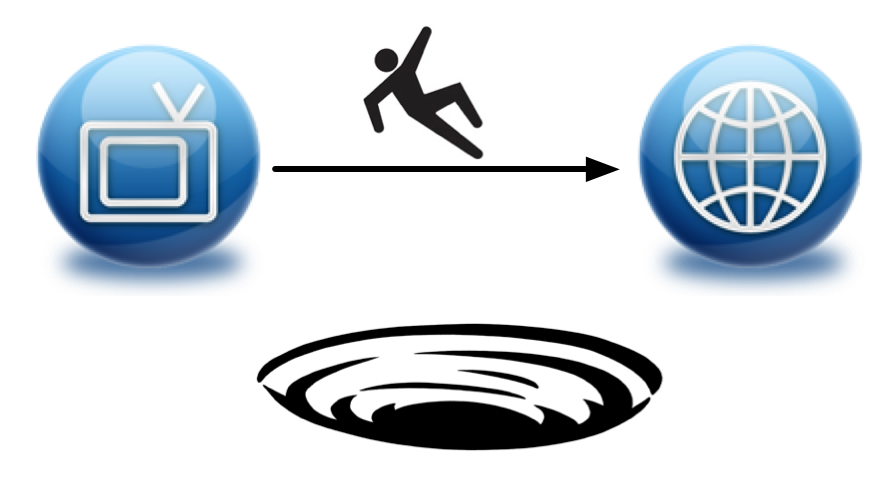
Sometimes these links take the form of just that: a click/hyperlink from place to place. Sometimes they’re totally passive, whisking the audience from place to place without them having to lift a finger. Sometimes they’re a puzzle. Sometimes they’re triggered via a timeline. But they’re always there. Let’s dive into this a little deeper:
In a free-form project like an Alternate Reality Game (in which audience plays a pretty active role in moving things along), the unseen hand of the Experience Designer invisibly guides the audience from place to place via these overt or covert bridges. Remember, this isn’t an accident. It’s by design. If done right, it’s always apparent where the next destination is…or at least how to get there. It’s sort of like what the folks at Valve do in Half-Life 2, when they build an environmental path that you follow and then end up looking in exactly the direction they want you to in order to see the next bit of action or destination.
You can see an example of this freeform-yet-linear transmedia storytelling in a little single-player 10-minute experience we built to quickly and simply demonstrate just this very thing. It’s a little more puzzly than is typical, but you should still get the idea. Story content is revealed in a relatively linear way (although it still leaves room for a little exploration), from beginning to end, even though it may feel a little like a totally open sandbox. That’s the Experience Designer at work.
Conversely, the experience can be relatively passive and contained, but still paint on these additional transmedia canvases. Some interesting examples of Experience Design can be seen at Rides.tv, a transmedia platform I had the pleasure of helping develop and produce content for. There are a couple examples there that I think work very well, and they also show that you don’t necessarily need a huge amount of transmedia content to be effective.
In horror short 6:14, director Toby Wilkins worked with an Experience Designer from the inception of the script to craft an experience where the transmedia elements (phone calls in this case) told the story in a unique and creepy way.
Another interesting example can be found in murder-mystery Redrum. In this case, you get a text message that in effect puts you in the shoes of the very character you’re watching on screen. Without giving anything away here, you realize that if you don’t delete the message, you may have some ‘splainin’ to do.
For other recent examples, check out things like The Following, The Lizzie Bennet Diaries, Clockwork Watch, Defiance, Slide or Cathy’s Book.
Effective transmedia storytelling means that you craft a journey that will use the technology and multiple screens/channels to pull the audience deeper into the story, not distract them out of it. Too often, these pieces are not only inaccessible, unorganized or seemingly random, but they pull the user out of the very experience they’re a part of. Flow, momentum and focus are paramount. The Experience Designer’s job is to take the potentially cacophonous and introduce order and just enough focus to make it all work as one whole.
e pluribus, unum…narratio. It’s not just for pennies any more.
Steve Peters is Founder/CCO of No Mimes Media
*I base this on my own personal history, building transmedia projects with awesome folks like No Mimes Media and Fourth Wall Studios. Your mileage may vary.

Filmtools
Filmmakers go-to destination for pre-production, production & post production equipment!
Shop Now